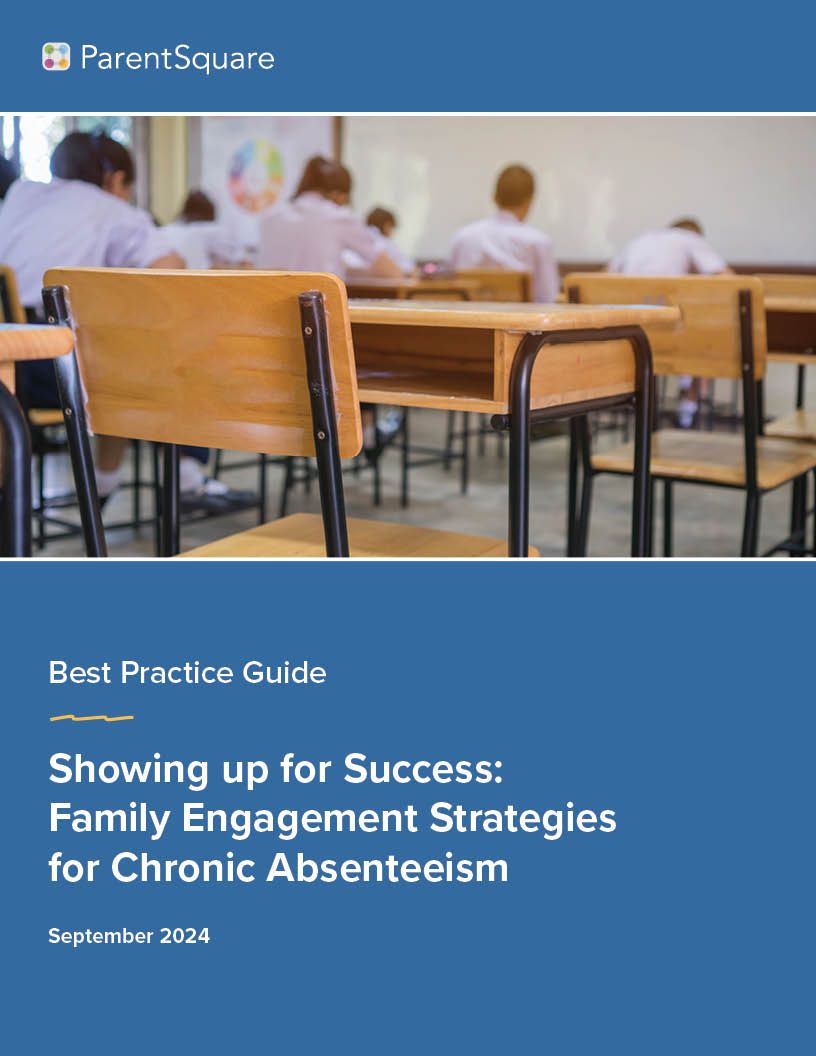
3 Reasons to Use a Unified School-to-Home Communications Platform
Ensuring smooth communications between schools and homes is sometimes difficult even if everything else is going well. But the shift to 100 percent remote online learning during the 2020 and 2021 school years tested communications capabilities and capacity in districts nationwide. It also led many districts to consider comprehensive school communications platforms.
What were the key underlying reasons that districts pursued unifying their various communications technologies?
In a recent eSchool News article, our Chief Strategy Officer Dr. Chad A. Stevens identified “ three challenges that can be solved by using a unified communications platform”:
-
Too many disparate, disconnected systems. Most school districts have added school-to-home communications technology in much the same way they have acquired all technology—one program at a time…The results are often a mishmash that lacks a coherent approach to sending and receiving messages, leaving families with questions and concerns about what they do not know.
-
Families that aren’t involved in their children’s education. Parents are often overwhelmed by the volume of school messages and variety of messaging channels…Some schools and districts have eight or more communication channels, including robocalls from the central office.
-
The need to keep family contact data current. In most districts, parent or guardian contact information is stored in the student information system (SIS). However, these systems were not designed with communications with parents as one of the primary functions, and updating records requires significant administrative overhead…Maintaining accurate parent contact information—and keeping it private and secure—is the first essential step in effective communication with families.
The happy upshot of addressing these challenges, according to Dr. Stevens?
“Having a strong connection with families is paramount to building a student-centric school community,” he concludes. “Parents and guardians need to feel part of their child’s education and be knowledgeable about what is happening day-to-day in a simple, straightforward manner. ”
Read more about the three reasons, and the impact a single, integrated school communications platform can have, in the eSchool News article, “Has your district unified school-to-home communications?”







